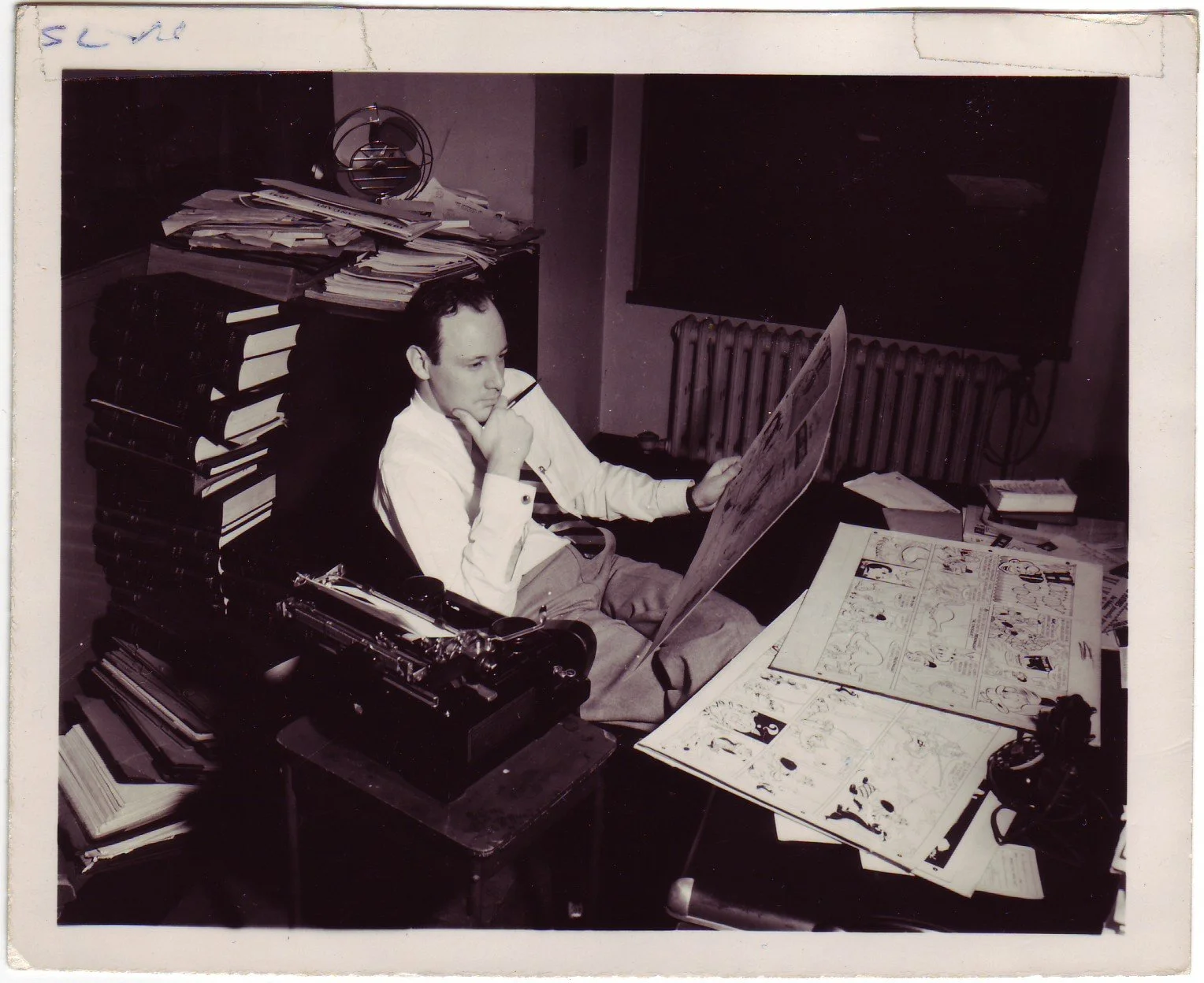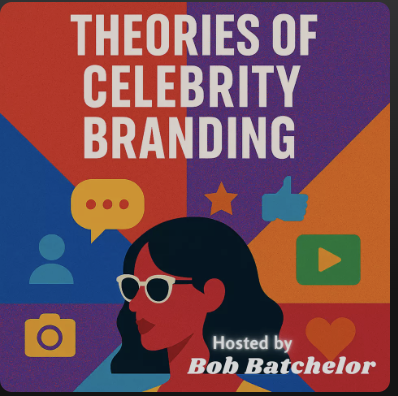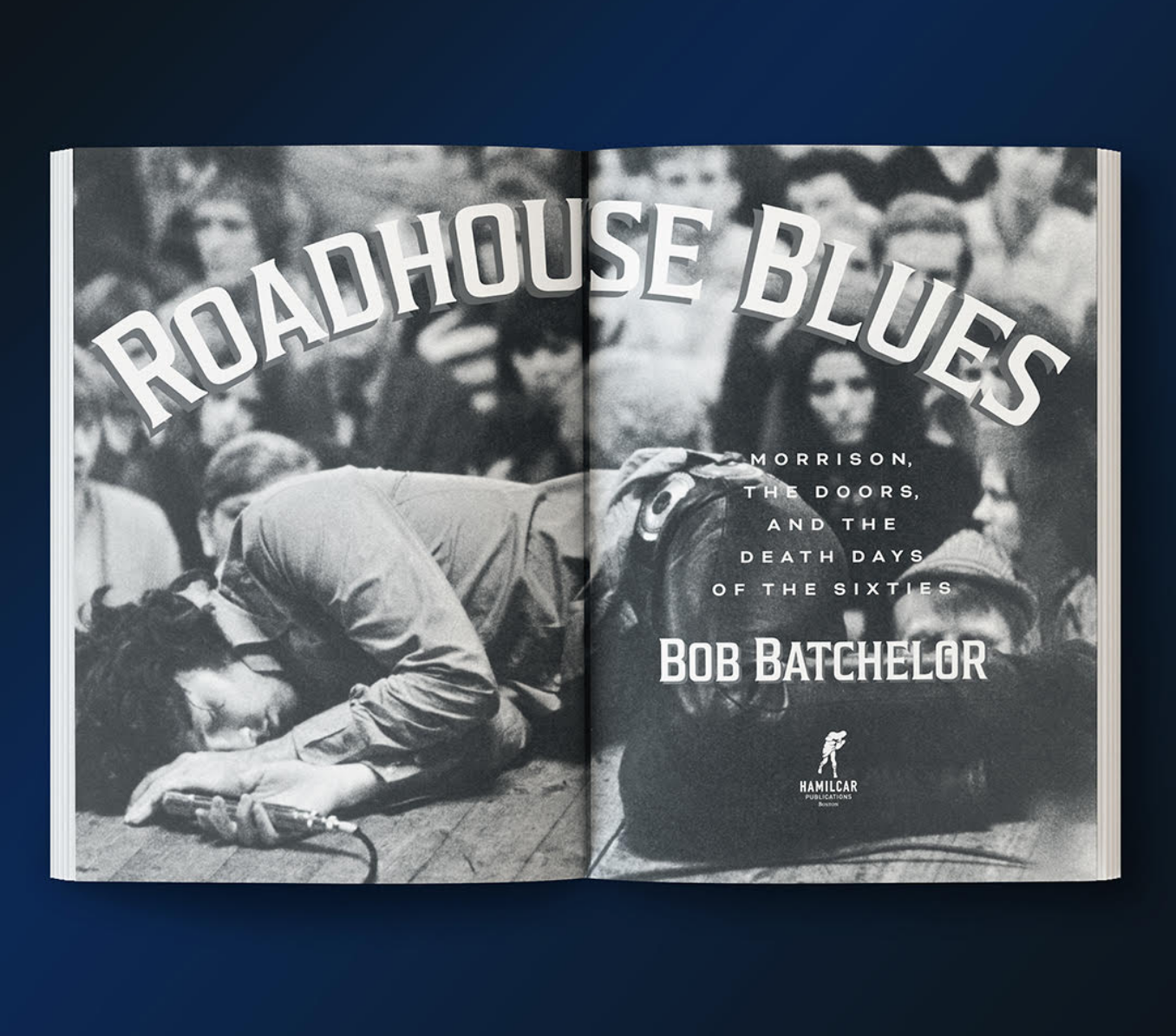From red carpets to YouTube thumbnails, Super Bowl commercials to podcast interviews, we live in a world shaped by celebrity. We don’t just consume culture—we consume people: their stories, values, failures, and reinventions. This intersection of identity, media, and influence isn’t just noise or distraction—it’s a language. And learning how to decode that language is a critical skill for anyone navigating the modern media ecosystem.
Understanding the value of branding and branding history, I launched Theories of Celebrity Branding, a podcast and online (asynchronous) course designed to explore the cultural machinery behind fame, influence, and branding in the 21st century. Whether you are a college student preparing for a communications career or a seasoned marketer wrestling with the pace of change, this podcast series offers insights into how personal and public identities are built, managed, and monetized today. And, what better way to get at branding and celebrity than to analyze it in an online course.
A Podcast That Decodes the Culture of Celebrity
The podcast version of Theories of Celebrity Branding is not just a catchy way to deliver lectures in an online course —it’s a cultural myth lab.
Each episode explores big ideas about branding, storytelling, media evolution, and leadership through the lens of celebrity. But this isn’t about tabloids or gossip. The podcast focuses on examining why Taylor Swift’s rebranding worked, how Oprah Winfrey built generational trust, and what role AI is playing in shaping how we define identity, authorship, and authenticity.
We tackle topics like:
The globalization of branding and how companies like Kimberly-Clark reframe messaging for global markets.
The evolution of thought leadership and how public figures like Brené Brown and LeBron James use storytelling to build emotional resonance.
The ethics of AI-generated content in a world of deepfakes and algorithmic curation.
How creators like Cecilia Blomdahl or bands like The Hot Sardines use social platforms to craft global personal brands.
Each episode integrates academic theory with real-world experience—from advising C-suite leaders to writing bestselling books like Stan Lee: A Life, The Gatsby Code, and The Authentic Leader.
The result? A podcast that doesn’t just explain celebrity branding—it empowers you to understand your own story and how to share it effectively.
📚 A Course That Prepares Students for the Real World
While the podcast is open to everyone, it runs parallel to the course I teach at Coastal Carolina University in the Department of Communication, Media, and Culture, also named Theories of Celebrity Branding.
Offered both in summer and in Fall 2025, this class pushes students to think critically about fame, media, influence, and identity. It’s not just theory—it’s strategic communication, media literacy, popular culture, history, marketing, and career development rolled into one.
Students learn to analyze how influence is created and sustained—and how they can develop values-based personal brands of their own.
We dive deep into my EAT Model—Engage, Adapt, Transform—and use tools like ChatGPT and Canva AI to prototype messaging and audience engagement strategies.












